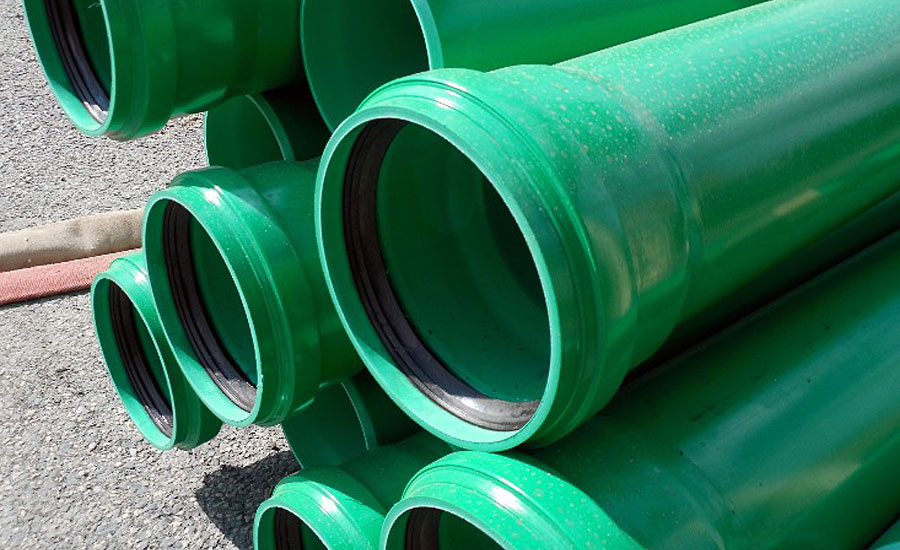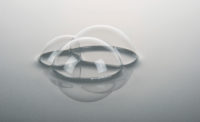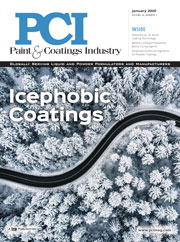Hydrophobing Agents and Their Evolving Demand

Hydrophobing agents, also known as hydrophobic agents, are prominently used to minimize water absorption and ensure a water-repellent effect on cleaned surfaces. These compounds find use across a wide range of applications, from surface protection of critical infrastructure and automobiles to designing stain-repellant textiles.
Strong application outlook in paints and coatings, personal care, and the building and construction sectors is anticipated to drive the industry trends in the coming years. Global Market Insights, Inc. forecasts that the worldwide hydrophobing agents market size will be worth US$ 1.6 billion by 2026.
Favorable government initiatives to support infrastructure development projects in emerging as well as developed economies for the construction of new buildings as well as renovation of existing ones will increase the demand for water-repellent and waterproofing chemical compounds. Heavy spending by the government in restoration of aging residential, commercial and industrial infrastructures will foster the consumption of hydrophobic chemicals and materials.
Growing Use in Architectural Paints and Coatings
Architectural coatings such as hydrophobic paints are experiencing robust demand from the booming construction sector, particularly in emerging economies. Factors such as the ever-growing world population and the consequent rise in urbanization and industrialization continue to fuel building & construction activities globally.
According to the Global Construction 2030 report published by the Global Construction Perspectives and Oxford Economics, the construction sector will expand by a staggering 85% by 2030 to reach $15.5 trillion. China, India, and the U.S. are expected to lead the way, accounting for over 57% of the overall growth.
Hydrophobing paints find widespread use within the building and construction sector. These paints help enhance the appearance of building exteriors and protect them from the effects of environmental conditions and the weather. In cold and damp regions, the outer walls of buildings often suffer from water seepage, corrosion, and the growth of mold and mildew.
In addition, building exteriors are exposed to dust, dirt, smoke, rain, snow, acid rain, and other elements. Hydrophobing agents when combined with the paints and coatings applied on these surfaces can protect both interior and exterior areas.
Manufacturers are constantly experimenting with newer technologies and materials to design efficient hydrophobic products. For instance, in June 2015, German chemical giant BASF introduced a new hydrophobing wall coating to its MasterProtect range of protective coatings, called the MasterProtect C 350 hydrophobic coating. The product effectively repels water, dirt and dust, minimizing maintenance and enhancing the aesthetic appeal of buildings.
Engineered particularly for advanced protection and enhancing the water repellence of vertical concrete and concrete masonry units, the MasterProtect C 350 hydrophobic coating has the capability to deliver a desirable and attractive characteristic to building surfaces which effectively resists dirt and dust accumulation. Moreover, the coating requires only slight rinsing with water or a bit of rainfall to remove any accumulated dirt, greatly reducing maintenance costs and extending the lifespan.
Technological Innovations in Hydrophobic Paints
Constant advancements in material science and the use of smart technologies has resulted in the development of effective coatings that offer additional functionality along with excellent hydrophobicity. These products are finding widespread use in industrial, military, medical and consumer applications.
Citing an instance, in September 2016, German specialty chemicals company Evonik Industries AG launched next-generation hydrophobing agents to offer superior-quality protection to buildings against moisture and dirt. The TEGO® Phobe 1409 and TEGO® Phobe 1659 high-performance hydrophobic agents are designed to protect building surfaces from the weather, water, dirt, and other environmental factors.
The most recent addition to the line of pioneering TEGO hydrophobing products and technologies, the TEGO® Phobe 1659 makes use of innovative silicone resin technology to balance the hardness and silicone characteristics while maximizing efficiency and minimizing dirt and moisture accumulation. The required dosage of the compound can be altered as per the requirement without impacting the water-repellent characteristics.
Most importantly, the new generation of hydrophobic agents can be utilized without any restrictions pertaining to product formulation that require compliance with various eco labels such as Ecolabel or Blue Angel. More such efforts from industry players to increase the effectiveness of hydrophobing agents in paints and coatings will complement the industry outlook.
Stringent regulatory norms pertaining to VOC content in paints and coatings and the need for adoption of eco-friendly products have encouraged manufacturers to drive innovations in hydrophobic materials and chemicals. Growing focus towards developing low VOC and zero VOC hydrophobing agents without compromising heat, moisture, or abrasion resistance properties will drive the market trends over the coming years.
Robust Demand for Automotive Paints and Coatings
Automotive paints and coatings have gained continuous traction worldwide. This can be majorly attributed to growing consumer inclination towards using attractive yet functional materials to enhance the aesthetic appearance of vehicles. The fast-growing trend of color customization among millennial car owners will undeniably open up new opportunities for hydrophobing agent manufacturers and suppliers.
The demand for automotive paints and coatings is further anticipated to rise in the near future due to consistent production and sales of passenger as well as commercial vehicles. More than 95.6 million were manufactured in 2018, suggesting the massive potential for automotive paints and coating providers. In addition, aging vehicle fleets are fueling the need for repair, maintenance, and restoration, which involves the use of different automotive coatings, including hydrophobic paints and sprays.
Recent advances in automotive paint technologies have enabled manufacturers to develop coatings that provide highly-durable exterior finishes. Manufacturers are also investing heavily in R&D to come up with products that comply with environmental regulations and exceed consumer expectations.
Adoption of smart automotive paint technologies offer numerous advantages such as super hydrophobicity, smooth surface finish, improved durability, superior vibration damping and enhanced aesthetic appeal.
Manufacturers are aiming to formulate products that offer additional functional benefits such as resistance to corrosion, temperature and abrasion, in addition to excellent water repellence. Increasing requirement of water repellant surface protection in automobiles is further indicative of massive revenue opportunities for hydrophobic agents market.
For more information on the full report, click here.
Looking for a reprint of this article?
From high-res PDFs to custom plaques, order your copy today!








